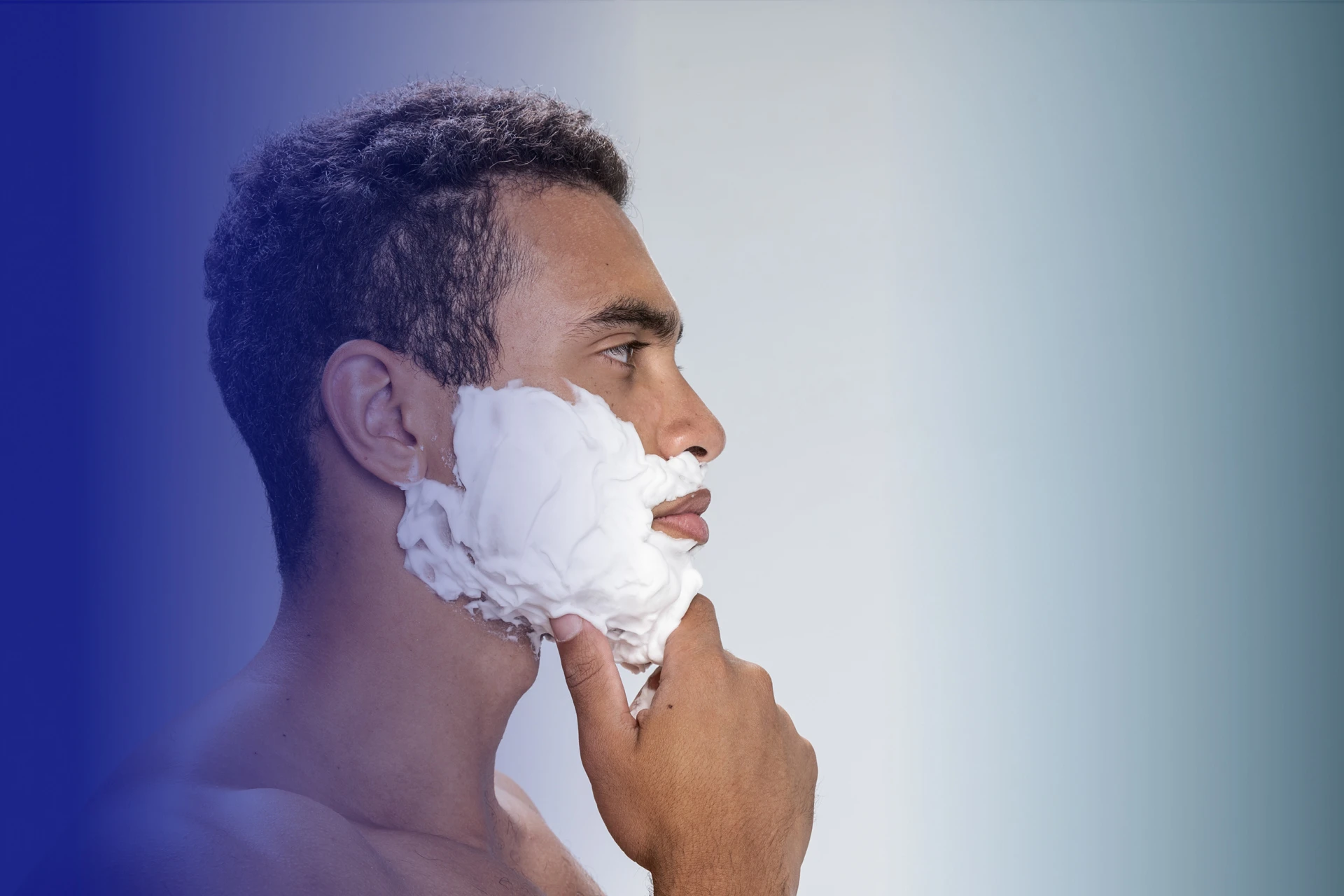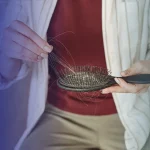
Table Of Content
Due to the global pandemic we have all been living through, interest in grooming and hair care at home has risen exponentially. Without easy and instant access to our hairdresser or barber, we have been left to fend for ourselves when it comes to hair cutting styling and grooming. While most people focus on ensuring their hairstyle remains at least vaguely presentable, many men are also facing the very real challenge of keeping their beard looking neat, tidy and suitable to show on a work video call or Zoom family quiz.
It’s not always easy to cut and style your own beard, or to find the time to follow a regular beard care routine and it can be all too easy to back out of trying, choosing instead to adopt the life of a hermit until your barber opens for business once more. Learning how to cut beard properly involves using sharp scissors or a trimmer, shaping the beard to desired length and style while maintaining even edges. However, with a few canny tips, the right tools and a burst of courage, there is plenty you can do to keep your beard looking super trim and salon-fresh.
First thing’s first. Before you learn how to properly trim your beard, you need to ensure that you are caring for it correctly so it is in really good condition before you even pick up a pair of scissors, razor or beard trimmer clippers. Make sure it is clean. Use a beard shampoo that is suitable for your facial skin type – your skin on your face can be different from that on your scalp, so make sure you use the right product for you. Add conditioner to make the whole area super soft and easier to work with. Ensure you wash all shampoo and conditioner out of your beard before it dries to stop any residue hardening.
Next, take a beard comb or brush and run it against the direction your hairs are growing in to make them stand out and reveal anything trapped underneath. This step also helps you spot any inconsistencies in the length of your beard hairs, which you can address while giving it a trim. This can also help boost the circulation in your face, increasing blood flow and helping your skin to remain healthy and clear. Choose a beard brush with natural bristles for the best results and keep it clean, disinfecting it regularly to remove any bacteria.
For a more precise cut, use dedicated beard trimming clippers that you can set to your preferred length. If you are just starting out, choose a longer setting at first to avoid trimming your beard too closely. While hair does grow back, it can be awkward waiting for it to do so if you are unhappy with the results of a too close trim.
A style that flatters most men is to leave the hair slightly longer around the chin area, with a slightly shorter grade going up the sides of your face. This adds volume and depth and is easy to care for and maintain at home or by your barber. You can shape your moustache to match if you choose to have one as well as your beard. Keep the hairs of your moustache shorter if you like this more practical look, as they tend to grow more densely than those in your beard and on your temples and scalp.
Finally, don’t forget to pay attention to your neck area, as this can help define your beard as much as the hairs higher up your face. If you trim everything off too close to the jawline, it can give you the effect of a double chin, but leaving the hair to grow too far down can invite comparisons to Robinson Crusoe on his razor-free desert island.
Trim everything below your Adam’s apple to be on the safe side, but where your beard line starts and stops is up to you. The length of your neck will have a bearing on what looks best. Aim to trim subtly, fading gradually as you go by altering the clippers length in degrees, rather than cutting off a blunt edge. Cut away any stray hairs with a sharp pair of scissors at the very end and give your newly groomed beard a final bush or comb and a dash of beard oil to moisturise the hairs and help the skin underneath to heal from any irritations or redness you may have experienced during the home beard grooming process.
For safer moustache and beard trimming, always use a mirror to watch where you are cutting and run the clipper horizontally across your face to avoid the blades or guard getting caught in your nostrils or cutting your lip. Make sure the blades are sharp and replace them regularly. Clean your trimmer with a decent disinfectant between trims, just as you would your hair or beard brush or comb (see above).
You can experiment as much or as little as you like when it comes to trimming and shaping your beard. From a short, practical look to more of a wild, statement style, the world is your beard shaping oyster. The most important thing is that you must invest in a good quality beard grooming kit with sharp, effective scissors or clippers and suitable products for before and after care.
If you are keen to try something new, there are all sorts of styles you can go for, from the ‘five o’clock shadow’ approach of having your beard so short it looks like carefully placed stubble, to the full-on, longer options that you can style into a quirky plait. Check online tutorials for how to shape these different styles and have fun trying some of them out. If your barber is open for business, ask him or her to show you how to shape a beard of your choosing first, and if they can give you some tips to maintain the style at home.
Other styles you can practise cutting include the goatee, or ‘circle’ beard, achieved with a moustache and chin patch of hair, neatly shaped and trimmed to join up as a kind of circle around your mouth and chin. This looks particularly good on a square jawline. A ‘royale’ beard is similar, however the moustache and beard do not connect up. You can also try a goatee without the moustache to help elongate the chin.
An ‘anchor’ beard traces the jawline in a thin sweep and is paired with a neat moustache to create the anchor shape. This style can take practice to get right and requires the face to be fully shaved in the areas surrounding the beard and moustache. The ‘horseshoe’ style suits oval faces and is shaped like an upside-down ‘U’, with a moustache that extends all the way down to the chin on either side of the mouth. The ‘muttonchop’ beard involves keeping the sideburns long to connect them to your moustache in a traditional style. Allow your facial hair to grow longer to achieve the best results for this style. Finally, if you want a fuller, bushier beard, opt for the hipster, which offers full coverage and looks great, so long as it doesn’t become unkempt.




